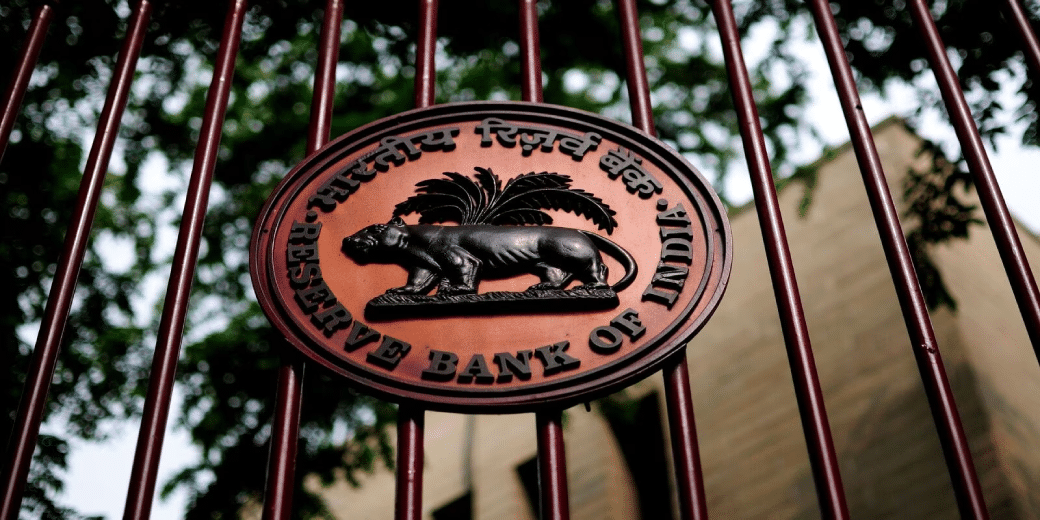Heat impact on your wallet: RBI cautions against climate change on inflation, growth
If frequent shocks of climate-induced inflation happen it would necessitate a tighter monetary policy, which is detrimental to the growth story that India is betting on.

The Reserve Bank of India has issued a weather warning. At a time when the country’s policymakers are toasting the growth rate and post-pandemic resilience of the economy, the country’s central bank has cautioned that weather, an apparently distant driver of the economy, could play spoilsport by triggering inflation and stymieing growth.
If frequent shocks of climate-induced inflation happen it would necessitate a tighter monetary policy, which is detrimental to the growth story that India is betting on.
The RBI has been repeatedly cautioning against the harmful effects of El Nino last year, holding it responsible for food price shocks that many hold responsible for the monetary policy committee abstaining from bringing down the policy rates for seven bi-monthly meetings now.
Worried about vegetable prices shocks to the inflation curve, the RBI even said that it will keep a vigil on the prices of vegetables this year to take quick and appropriate steps.
The bank’s monetary policy report issued last week said that global average temperatures are rising, bringing in its wake, an accompanying increase in extreme weather patterns, the social and economic impacts of which are quite evident to them.
The real GDP growth rates predicted for FY25 range between 7% done by the RBI and 6.7% published by independent agencies. The pace of retail inflation has been projected to be 4.5% by the central bank and 4.6% by different professional agencies and forecasters.
The RBI monetary policy report mentioned three ways in which climate change can wreck monetary policy.
The rising temperature, extreme weather and low precipitation reduce agricultural production and disrupt global supply chains.
Extreme heat reduces productivity and brings down output.
The aftermath of climate change could hinder the effectiveness of monetary policy in influencing financing conditions for households and businesses. In other words, the credit squeeze can affect consumption and, thereby, production.
“For these reasons, central banks are increasingly incorporating climate risks explicitly into their modelling frameworks,” the report said. If productivity decreases, the natural interest rate could decline. But even if the natural rate of interest is lower, the RBI might respond with a tighter monetary policy if there is a sudden spike in inflation.
RBI governor Shaktikanta Das, who frequently warned about the impact of El Nino on the economy last year, said last week, “Frequent and overlapping adverse climate shocks pose key upside risks to the outlook on international and domestic food prices.” Das mentioned the report of the Indian Meteorological Department that said in 2024 that most parts of India would suffer above normal maximum temperatures between April and June.
Download Money9 App for the latest updates on Personal Finance.
Related
- सरकार ने GST दरों में कमी के बाद पैकेजिंग नियमों को आसान बनाया
- GST दर सुधार पर परिषद की बैठक शुरू, तेदेपा का समर्थन, विपक्षी दलों ने राजस्व संरक्षण की मांग की
- एससीओ शिखर सम्मेलन में विकास बैंक की स्थापना को मंजूरी: चीनी विदेश मंत्री
- फिच रेटिंग्स ने भारत की साख को स्थिर परिदृश्य के साथ ‘बीबीबी’ पर रखा बरकरार
- कृषि, ग्रामीण श्रमिकों के लिए खुदरा मुद्रास्फीति जुलाई में घटकर 0.77 प्रतिशत एवं 1.01 प्रतिशत
- मंत्रिसमूह ने केंद्र के दो GST स्लैब के प्रस्ताव को स्वीकार किया

